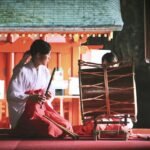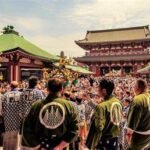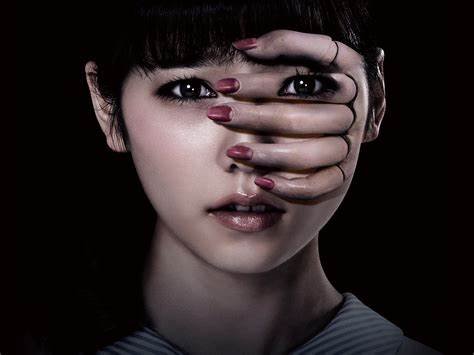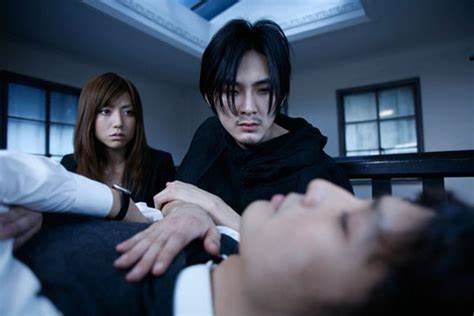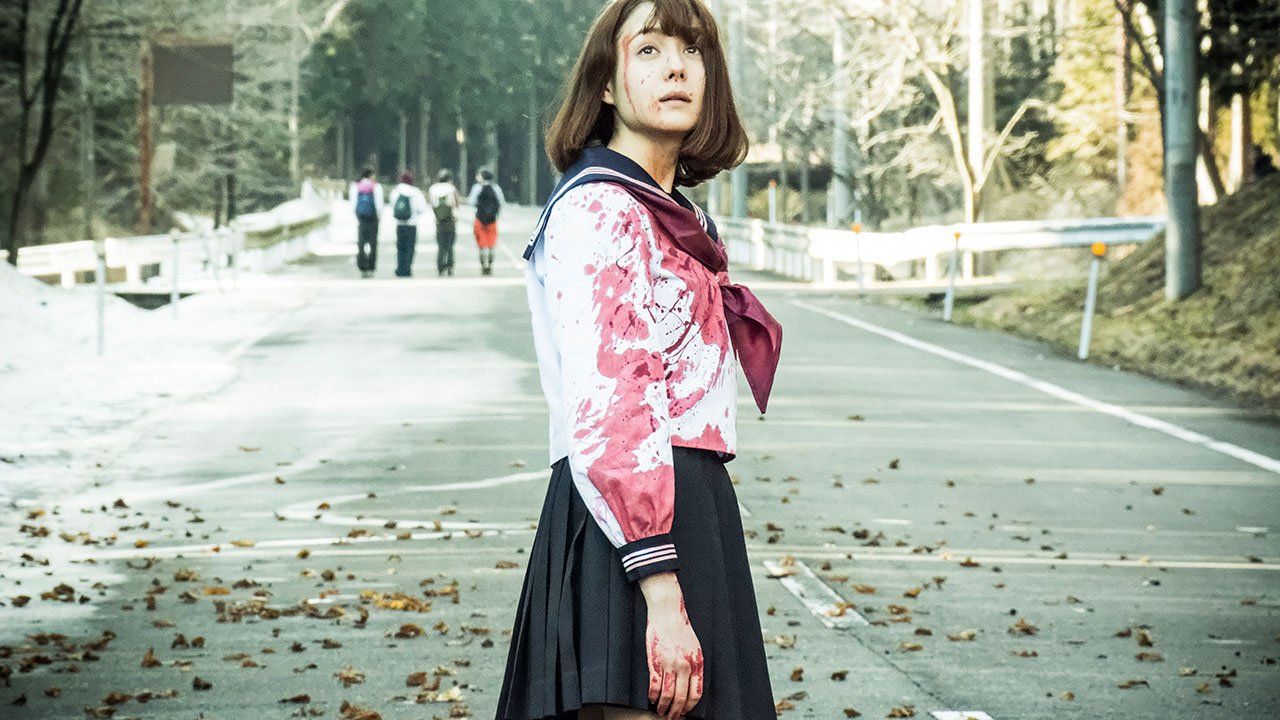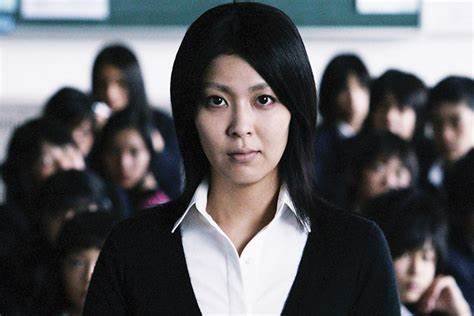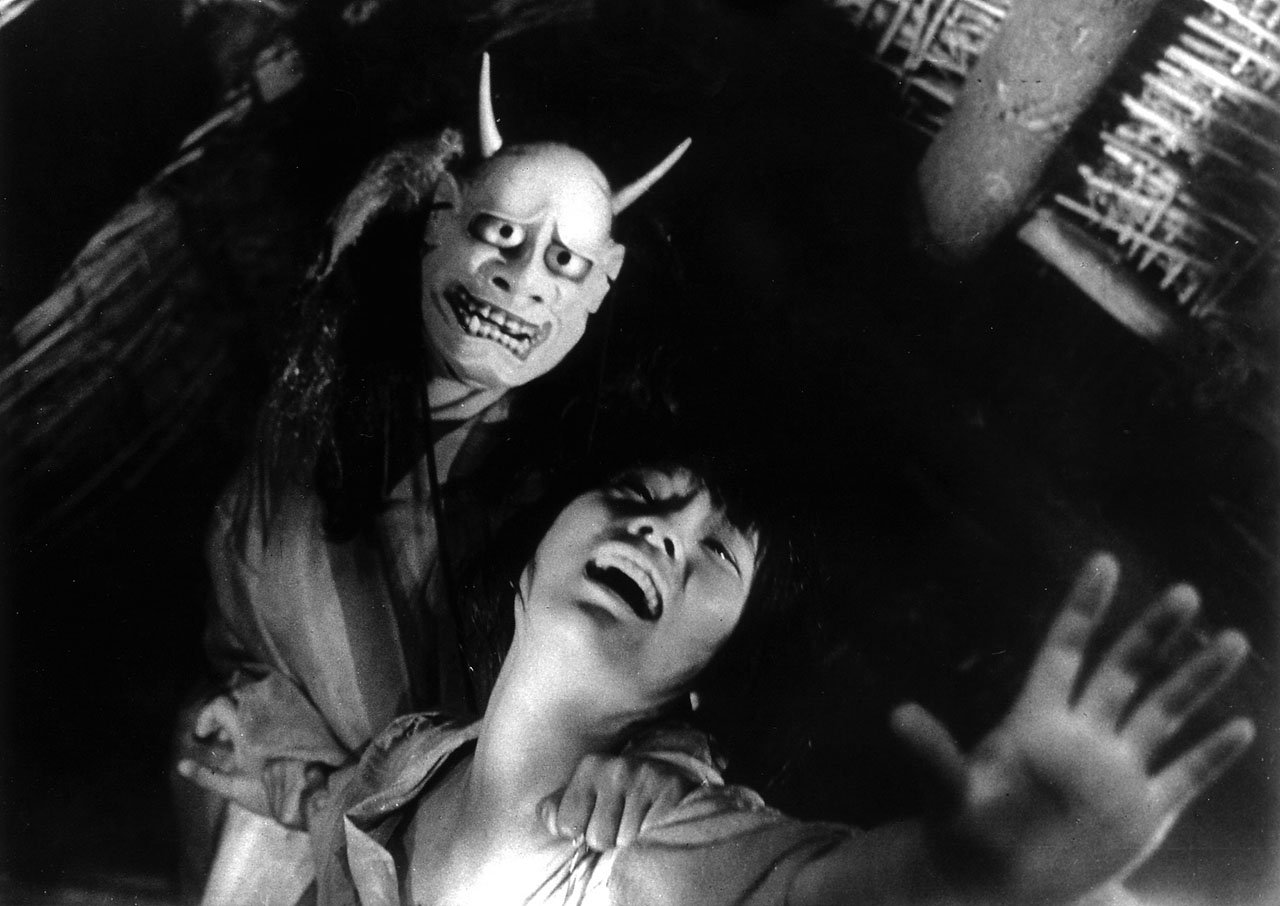Japanese horror, or J-Horror, has transformed over the years. It began with traditional ghost stories rooted in folklore and evolved into modern thrillers that captivate audiences worldwide. This journey from ancient myths to contemporary psychological horror has shaped how J-Horror is perceived today. By blending cultural fears with unique storytelling, Japanese filmmakers have created a distinct style of horror. In this article, we will explore the evolution of J-Horror and how it has adapted to modern times.
Traditional Ghost Stories: The Origins of J-Horror
J-Horror has its roots in traditional ghost stories known as kaidan. These tales often involve spirits, curses, and revenge. They were passed down through generations and became an essential part of Japanese folklore. One of the most famous stories is Yotsuya Kaidan, which tells the tragic tale of Oiwa, a vengeful ghost who seeks revenge on her unfaithful husband.
In the early days of Japanese cinema, filmmakers adapted these ghost stories into films. These early adaptations focused on supernatural elements and created an eerie atmosphere. For example, the 1959 film Tokaido Yotsuya Kaidan brought the Yotsuya Kaidan story to life on screen. These films relied heavily on cultural beliefs about spirits and the afterlife, making them particularly unsettling for Japanese audiences.
The Rise of Psychological Horror
As J-Horror evolved, filmmakers began incorporating psychological elements into their stories. They moved away from traditional ghost tales and focused on exploring the human mind’s fears. Films like Onibaba (1964) and Kuroneko (1968) marked this shift. Both films blended supernatural elements with human emotions, creating a deeper sense of dread.
During this period, J-Horror became more about the internal fears of the characters rather than external supernatural threats. The genre began to explore themes such as guilt, isolation, and madness. This focus on the psychological made J-Horror stand out from Western horror films, which often relied on monsters and jump scares.
The Boom of Modern J-Horror in the Late 1990s
The late 1990s saw a significant shift in J-Horror with the release of iconic films like Ringu (1998) and Ju-On: The Grudge (2002). These films introduced a new type of horror that focused on curses, haunted objects, and vengeful spirits. Unlike the traditional ghost stories, these films used modern settings and technology to create a more relatable sense of fear.
For example, Ringu revolves around a cursed videotape that kills viewers within seven days. This concept of modern technology becoming the source of terror resonated with audiences, especially as technology was becoming an integral part of everyday life. These films also had a significant influence on Western horror, leading to Hollywood remakes such as The Ring and The Grudge.
The Influence of Technology on J-Horror
As the world became more digital, J-Horror adapted to reflect these changes. Filmmakers began exploring how technology affects fear. Films like Pulse (2001), directed by Kiyoshi Kurosawa, depicted the internet as a medium for supernatural forces. The idea that ghosts could use technology to invade our lives added a new layer of horror.
This shift in focus from traditional spirits to technology-based horror allowed J-Horror to stay relevant in a rapidly changing world. It also created a unique blend of psychological and supernatural horror, as technology became a bridge between the living and the dead.
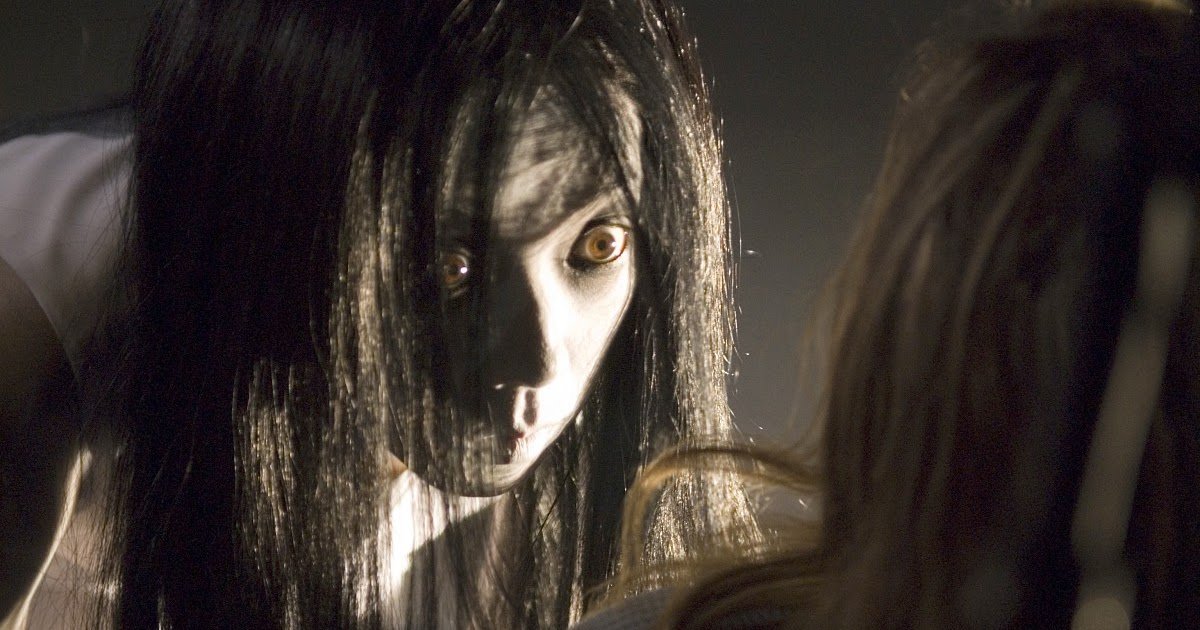
The Global Reach of J-Horror
J-Horror’s influence grew beyond Japan as more international audiences became fascinated with its unique storytelling. Hollywood began adapting popular J-Horror films for Western audiences, bringing attention to the genre. Although these remakes introduced Japanese horror to a wider audience, they often lacked the subtlety and psychological depth of the originals.
At the same time, J-Horror inspired filmmakers worldwide. The genre’s focus on atmosphere, suspense, and psychological terror influenced horror cinema globally. Its emphasis on slow-building tension and the unseen threat became a trademark of modern horror films.
Exploring the chilling narratives of Japanese horror reveals a fascinating cultural evolution, much like the strategic analysis found on platforms discussing bestaubettingsites online sports betting. The genre’s journey from folklore to modern cinema is meticulously detailed in the post “The Evolution of J-Horror: From Ghost Stories.”
This analysis, available at MoosicLab, examines how traditional ghost stories have shaped contemporary psychological terror. The thematic depth and historical progression offer insights as compelling as detailed strategic reviews in other analytical fields.
Conclusion: J-Horror Today and Beyond
J-Horror has come a long way from its origins in traditional ghost stories. It has evolved into a genre that explores complex themes such as fear of technology, isolation, and psychological trauma. Despite its evolution, the core of J-Horror remains the same: an ability to tap into deep-seated fears and deliver a chilling experience.
As J-Horror continues to evolve, it will likely explore new themes and techniques while staying true to its roots. The future of J-Horror holds endless possibilities, but one thing is certain – it will always find ways to terrify audiences worldwide.


